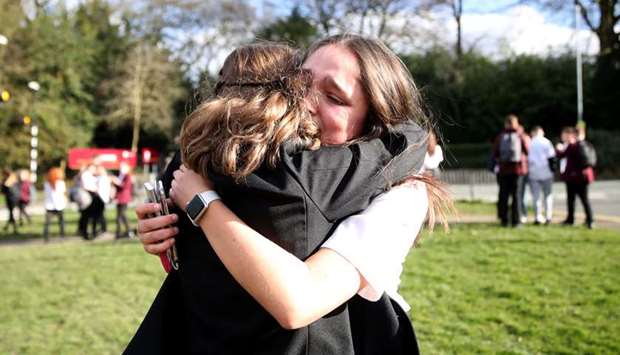Strict social distancing measures may need to remain in place until the autumn to have the required impact in controlling the Covid-19 epidemic in the UK, according to government documents that reveal the thinking behind its approach to the crisis.
The documents, published online yesterday, give an extraordinary insight into the projected toll of the pandemic, the tactics that government advisers believe will be most effective in containing the spread of the virus and how messaging has been carefully framed to so the public accepts the need for unprecedented changes to daily life.
In a consensus statement on the overall strategy being deployed, the government’s scientific advisory group for emergencies (SAGE) suggests the UK would need to alternate between “periods of more and less strict social distancing measures” to have a plausible chance of keeping the number of critical care cases within capacity. “These would need to be in place for at least most of a year,” it concludes.
The advisory group also stresses the need to promote a sense of collectivism in a modern-day spin on ‘Keep Calm and Carry On’.
“All messaging should reinforce a sense of community, that ‘we are all in this together’. This will avoid increasing tensions between different groups,” the documents say.
In papers that date from mid-February to the present, the group also considers issues ranging from public disorder to the psychology of self-isolation and potential social impacts of school closures.
One paper outlines the potential for unintended consequences and the need to be clear about the purpose of school closures to prevent children from continuing to mix or grandparents taking on childcare responsibilities.
Some social and workplace norms will need to be rapidly overturned.
For instance, for many healthcare workers it is the norm that people continue to work when unwell. “It will be important to make it socially unacceptable to attend work or school if unwell,” the documents say. “To avoid the risk of stigma, ‘voluntary quarantine’ should be portrayed as an act of altruistic civic duty.”
An assessment of the chances of public disorder, drawn up in February, concluded that while “large-scale rioting” seemed unlikely, any disorderwas likely to be generated by anger at the government’s response rather than the direct effects of the pandemic.
One March 12 paper on public expectations about measures to stop public gatherings noted there was general support for the move, especially as people could see this happening abroad – and that if policy was not properly explained, people might not trust the government, potentially increasing the risk of disorder.

Georgia Mayer, 16, says goodbye to her friend at a school in Newcastle-under-Lyme as the majority of schools in the UK shut while the spread of Covid-19 continues.


